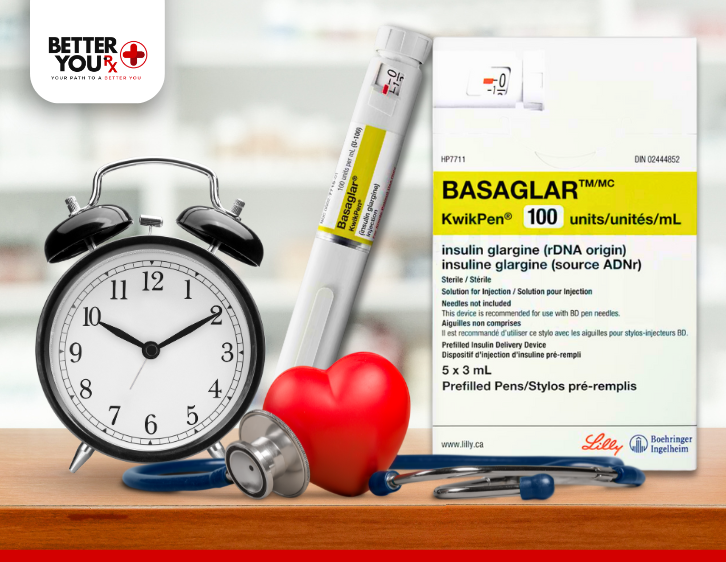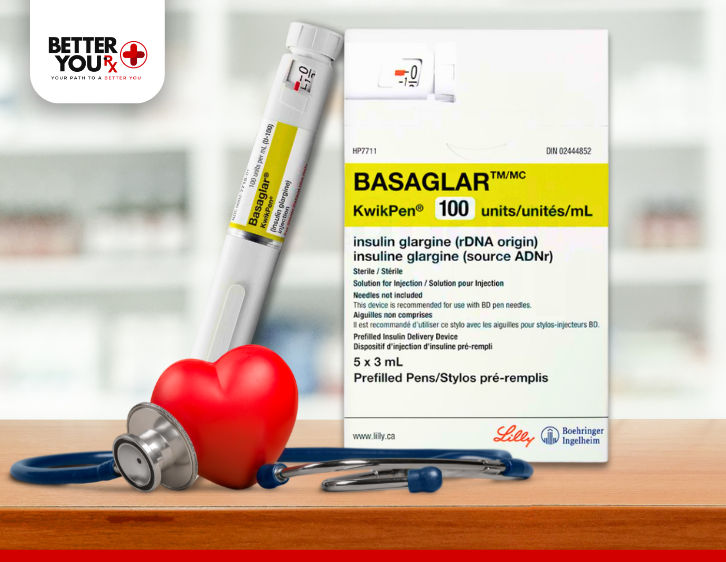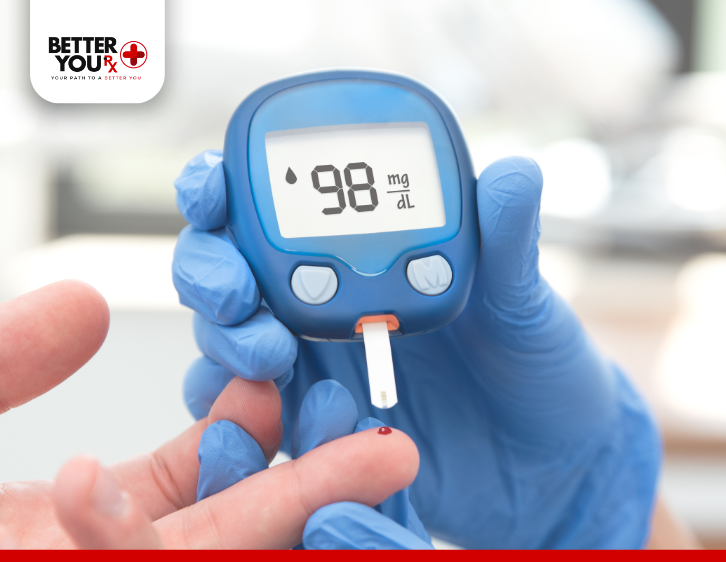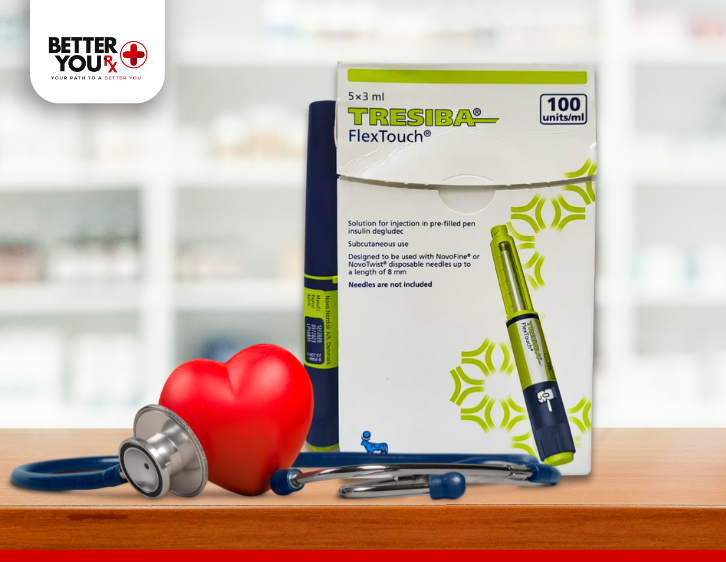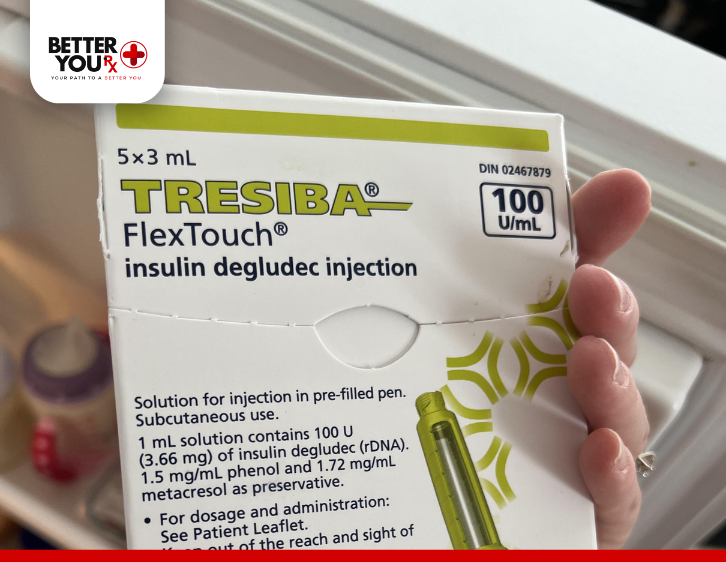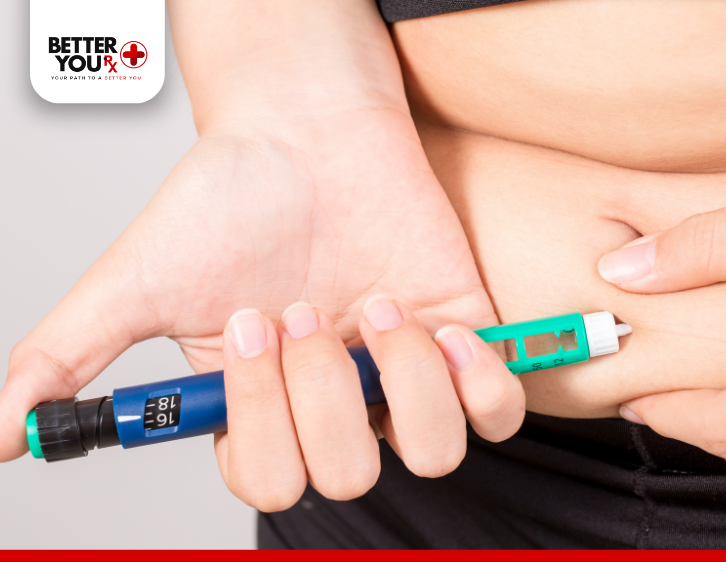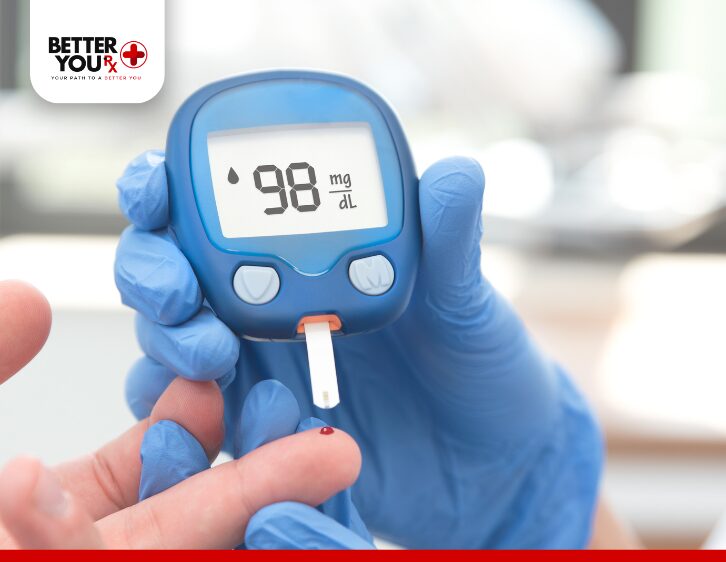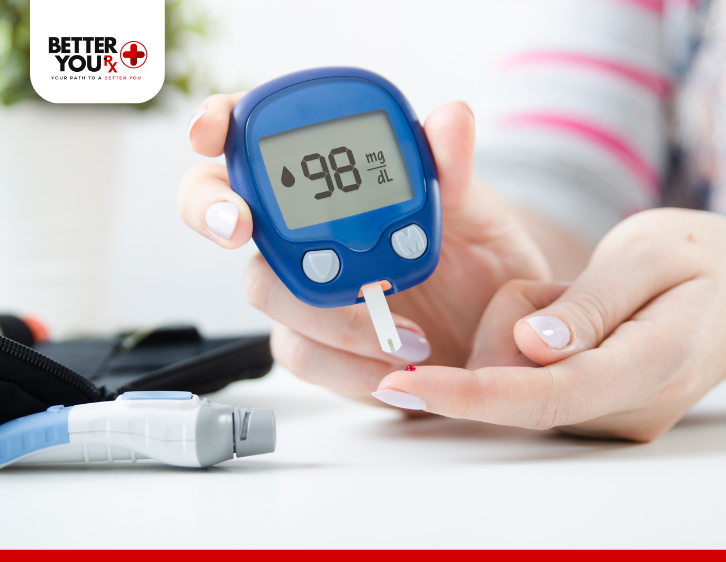Is Cantaloupe Good for Diabetics?
Fruits are often misunderstood when it comes to managing diabetes. While they contain natural sugars and carbohydrates, not all fruits are off-limits. In fact, many fruits provide essential nutrients and can support overall health when consumed in moderation. One such fruit is cantaloupe.
This delicious melon is not only refreshing but also offers a range of health benefits. Let’s dive into whether cantaloupe is a good choice for people with diabetes and how it can fit into a balanced diet.
What Is Cantaloupe?
Cantaloupes are a type of melon with two primary varieties: the North American cantaloupe (Cucumis melo reticulatus) and the European cantaloupe (Cucumis melo cantalupensis). Both types are rich in nutrients and boast vibrant orange flesh. However, they differ slightly in appearance. The North American variety has a net-like skin pattern, while the European type features a ribbed surface.
Despite these differences, both varieties are packed with water, vitamins, and minerals, making them a hydrating and nutritious choice.
Nutritional Facts of Cantaloupe

Cantaloupe is an excellent source of hydration and nutrients. A typical one-cup serving (about 160g) contains:
- Calories: 54
- Protein: 1g
- Carbohydrates: 14g
- Fiber: 1g
- Sugar: 13g
- Sodium: 26mg
- Cholesterol: 0mg
Cantaloupe is also rich in essential vitamins and minerals, including:
- Vitamins: Includes A, C, E, K, and various B vitamins
- Minerals: Calcium, magnesium, potassium, manganese, zinc, copper, and phosphorus
These nutrients contribute to its numerous health benefits, particularly for individuals managing diabetes.
Benefits of Cantaloupe for Diabetics

- Helps Regulate Blood Pressure
People with diabetes are at a higher risk of developing high blood pressure due to the strain excess glucose places on blood vessels and kidneys. Cantaloupe, being low in sodium and high in potassium, supports healthy blood pressure levels by easing the strain on arteries and reducing the risk of complications such as retinopathy and nephropathy. - Supports Heart Health
Cantaloupe’s fiber, potassium, and choline content help maintain cardiovascular health. The absence of cholesterol in cantaloupe makes it heart-friendly, reducing the risk of plaque buildup and improving overall circulation. - Keeps You Hydrated
With a water content of approximately 90%, cantaloupe is an excellent choice for staying hydrated. Proper hydration is essential for managing blood sugar levels and reducing the risk of complications like high blood pressure and kidney issues. - Aids Blood Sugar Control
Although cantaloupe contains natural sugars, its low glycemic load (4) ensures that it digests slowly, preventing sudden spikes in blood sugar. Its fiber content further aids in stabilizing glucose levels over time. - Rich in Antioxidants
Cantaloupe is packed with antioxidants like vitamin C and beta-carotene, which combat inflammation and protect cells from damage caused by free radicals. This is particularly beneficial for individuals with diabetes, as chronic inflammation can exacerbate complications. - Supports Healthy Weight Management
The fiber in cantaloupe promotes satiety, helping you feel full for longer and reducing the likelihood of overeating. Maintaining a healthy weight is crucial for managing diabetes and preventing complications such as heart disease.
Incorporating Cantaloupe into Your Diet

Cantaloupe is incredibly versatile and easy to add to your diet. Here are a few ideas:
- Enjoy it fresh, diced, or sliced.
- Add it to a fruit salad with other tropical fruits like mangoes or pineapple.
- Blend it into smoothies for a refreshing drink.
- Pair it with yogurt or cottage cheese for a balanced snack.
- Use it in fresh salsa or as a topping for chilled soups.
Risks of Eating Cantaloupe
While cantaloupe has many benefits, moderation is key. Here are a few potential risks:
- Blood Sugar Spikes: Cantaloupe has a moderate glycemic index (64). Overconsumption can lead to temporary spikes in blood sugar levels. Pay attention to portion sizes and total carbohydrate consumption.
- Kidney Issues: The high potassium content in cantaloupe, while beneficial for blood pressure, may pose risks for individuals with kidney problems. If you have kidney conditions, consult your healthcare provider.
- Allergic Reactions: Individuals with ragweed pollen allergies may experience itching or swelling after consuming cantaloupe. If you notice any adverse reactions, avoid the fruit and seek medical advice.
- Contamination Risks: Cantaloupes are prone to contamination due to their rough skin, which can trap bacteria like Salmonella or E. coli. Always wash the fruit thoroughly before slicing.
Conclusion
Cantaloupe can be a nutritious and refreshing addition to a diabetic-friendly diet when consumed in moderation. Its hydrating properties, low glycemic load, and rich nutrient profile make it an excellent choice for supporting overall health.
If you’re exploring healthy eating options as part of your diabetes management, consult your healthcare provider or a registered dietitian for personalized advice.
For individuals managing chronic conditions like diabetes, Better You Rx provides reliable access to health resources and medication through our trusted pharmacy partners.


